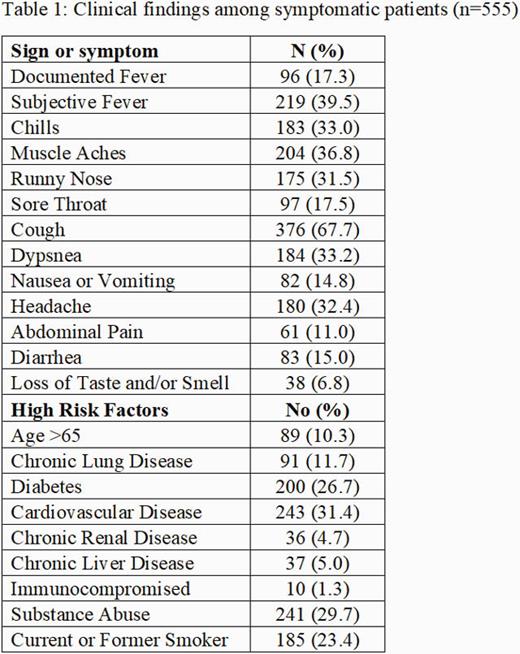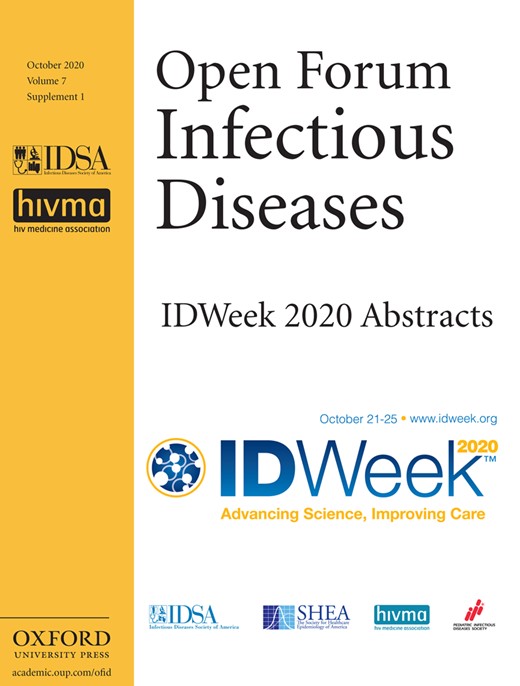-
PDF
- Split View
-
Views
-
Cite
Cite
Nicole A Bratsch, Natalie Campbell, James McAuley, Ryan M Close, 438. Characteristics and Epidemiology of a Native American Community with a High Prevalence of COVID-19, Open Forum Infectious Diseases, Volume 7, Issue Supplement_1, October 2020, Page S287, https://doi.org/10.1093/ofid/ofaa439.631
Close - Share Icon Share
Abstract
COVID research and reporting has focused on large urban populations. However, limited data suggests that rural Native American (NA) populations are disparately impacted. We serve a well-defined NA population of ≈18,000 that is relatively geographically isolated in the White Mountains of eastern Arizona. Our first case SARS-CoV-2 was confirmed April 1st. We have since confirmed an attack rate significantly higher than most of the United States. We provide testing and case trends in addition to characteristics of the first 800 cases.
We sequentially reviewed the charts of all laboratory-confirmed COVID-19 patients from April 1 to June 3, 2020. In addition to calculating prevalence and rates, we provided summary statistics that were used to describe testing breakdown, demographics, symptoms, and co-morbidities.
From April 1 to June 3, we tested 2,662 persons, of which 884 (33.2%) were positive. The estimated prevalence of the time of writing is 4.9% and the rate of 4,911 per 100,000 persons. Data compiled from the first 800 laboratory-confirmed patients is summarized in table 1. Median age for confirmed cases was 40.6 (IQR 28–54). 555 cases (72.1%) were symptomatic. The most common symptoms were cough (67.7%), subjective fever (39.5%), and muscle aches (36.8%). 30.6% of confirmed cases were asymptomatic at the time of testing. The majority of cases were among persons aged 30–39 years (22.9%). Some of the most common comorbidities in confirmed cases included cardiovascular disease (30.4%), substance abuse (30.1%), and diabetes (25.0%). There were 18 (2.04%) deaths.
Clinical findings among symptomatic patients

We observed a significantly higher prevalence (10-times) and attack rate of (17-times) COVID-19 in a well-defined NA population, when compared to the general Arizona population. We provide characteristics of these cases and report that nearly a third were asymptomatic at the time of testing. More research is needed to understand the rapid spread of COVID-19 in vulnerable rural communities.
All Authors: No reported disclosures





Comments